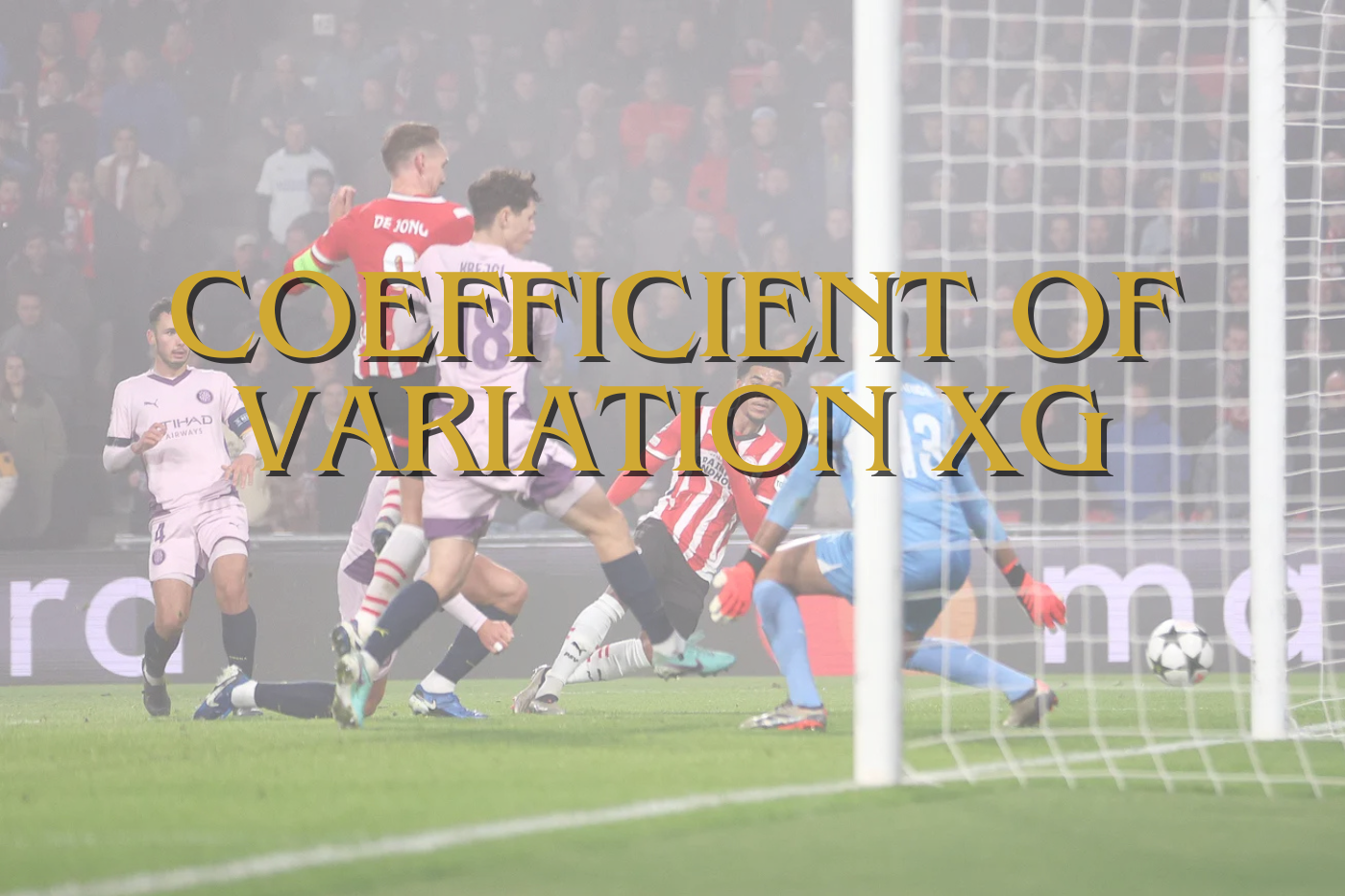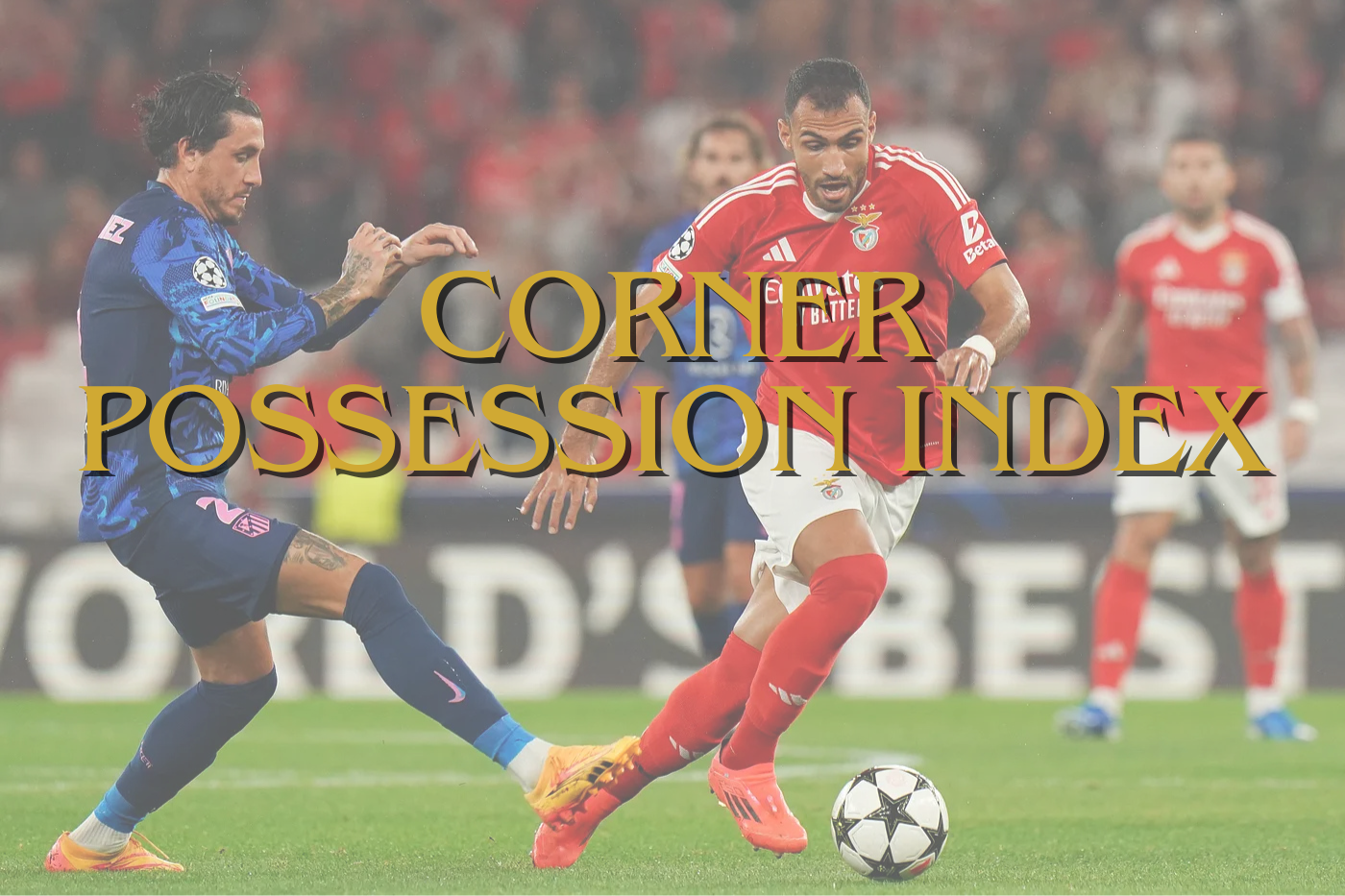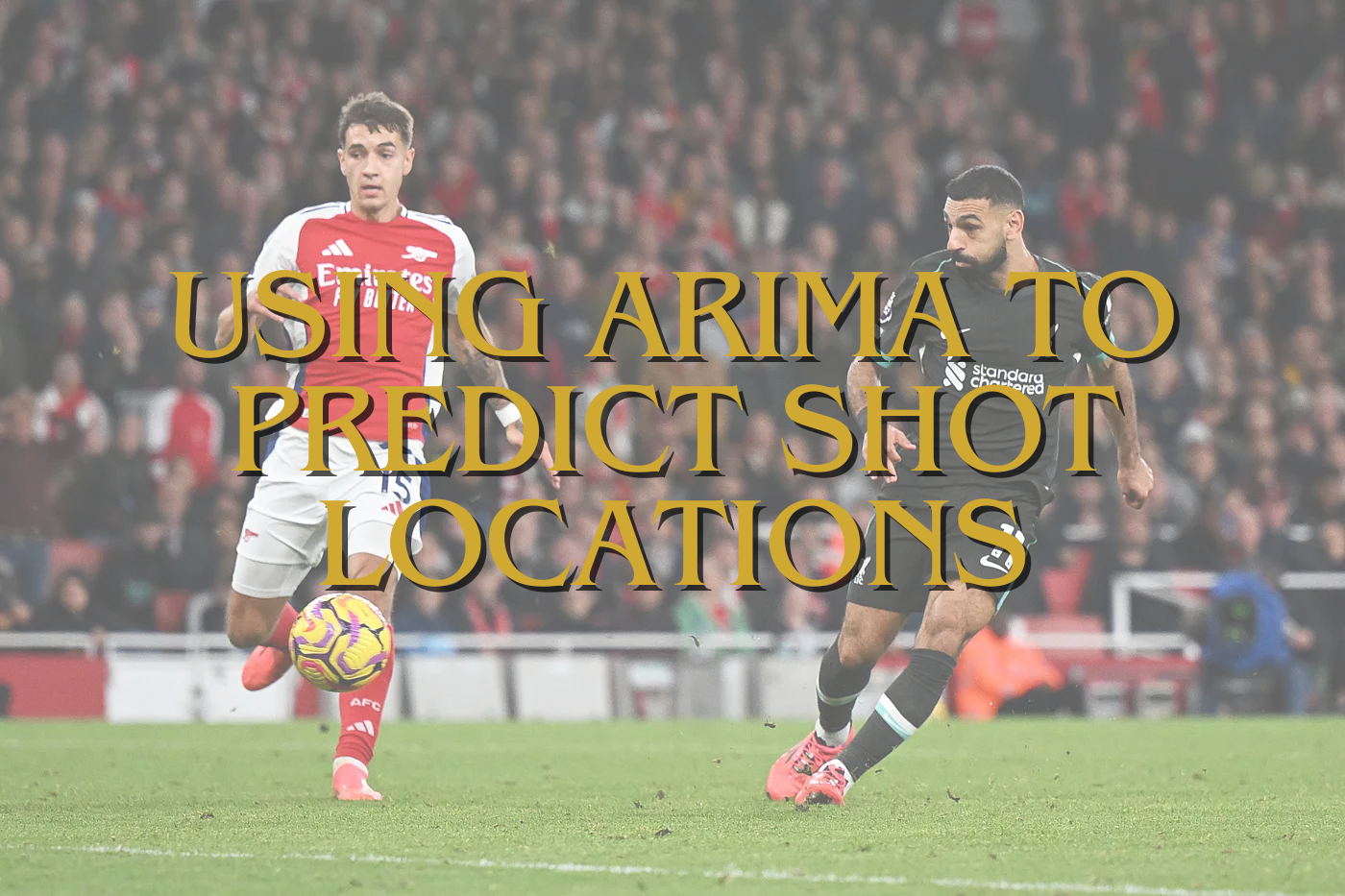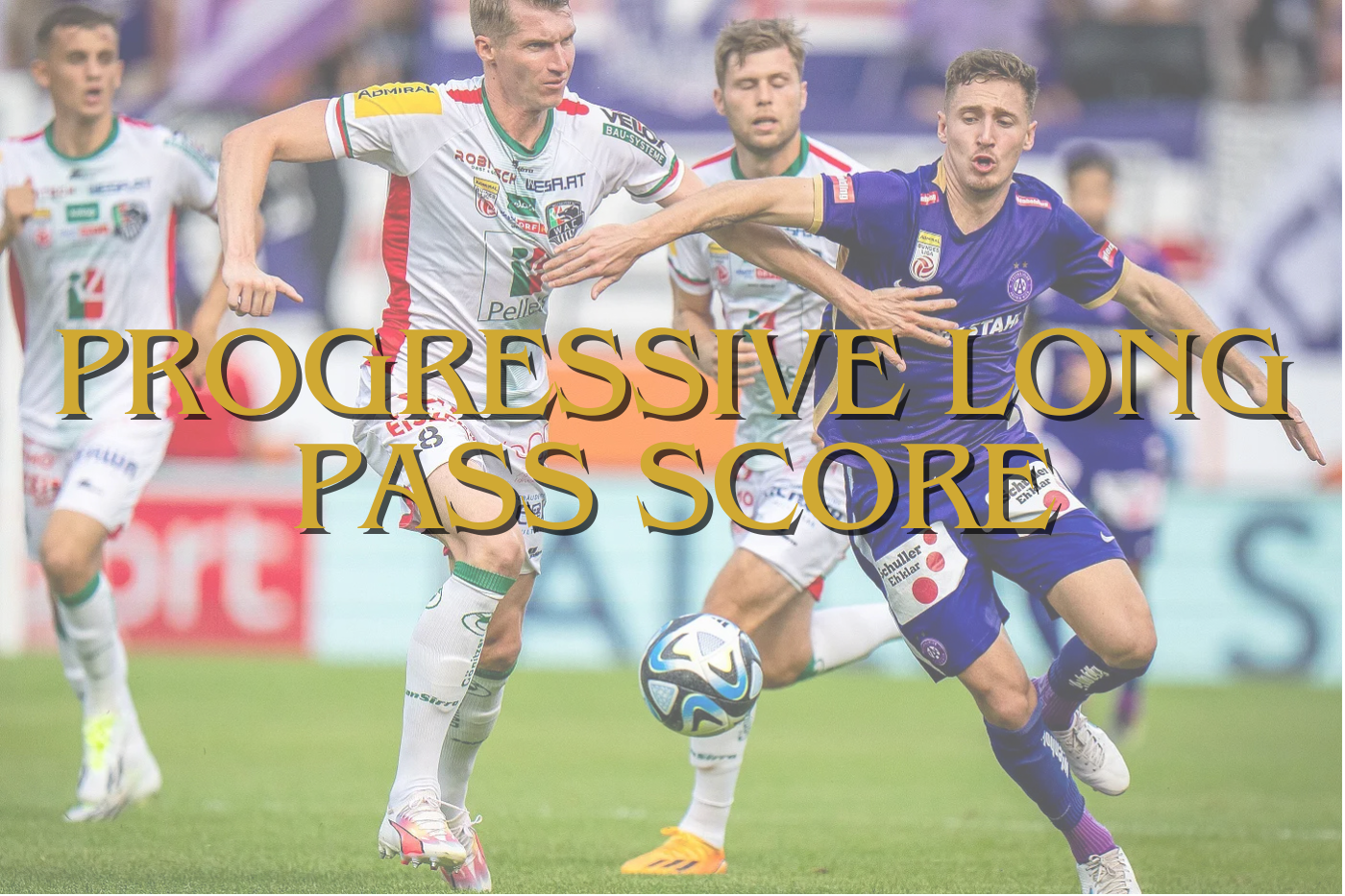A few of you might know this, but I have done a year abroad in Northern-Ireland. Belfast to be more specific. While studying abroad I’ve learnt a lot about the history of the region I’ve been, the religious difficulties and violence, and about the customs of the specific area I was located. While I could talk about these things for ages, I wanted to talk about my experiences with Northern-Irish football. This is a football blog after all.
I’ve previously written about case studies in the Netherlands concentrating on inverted full backs, ball playing central defenders, zonal marking in set pieces, and the 4-3-3 & 4-2-3-1 formation. While I’ve finished the case study in the Netherlands, I wanted to have a look at Northern-Ireland as it has shaped me as a coach. In this analysis I will look at the 5-3-2 that was employed against a 4-4-2/
In this analysis I will focus on what I’ve observed in the games I’ve seen in the U18’s league. This might be different to what senior sides do and the decisions made in attack, defence and transition can therefore be different than what is best, but this analysis looks at what happened.
5-3-2
Formations are not set in stone throughout the match, but often are starting points at the beginning of a half or when a set-piece is taken. Formations are fluid as we can see in maps with average positions. The idea of position versus zones is a debate you can have, but in theory a 5-3-2 can broken down in the following: 5 defenders, 3 midfielders and 2 attackers.

Often a 5-3-2 is a defensive state and it become a 3-5-2, but in the games I’ve observed at the time, this was not the case. This was a 5-3-2, that changed a little bit during the attacking phase of the game, but it was no 3-5-2 with 5-3-2 in the defensive phase in the game and that has all to do with the roles of the lateral defenders.
Full backs or wing backs

In the image above you see a 3-5-2 formation with wing backs. These two players have a very specific role going forward and dropping deep. In defence this 3-5-2 become a 5-3-2 and in attack this become a 3-3-4 in most cases I’ve seen.
In the 5-3-2 I’ve observed there was always a back-five with an individual role of a full back to go high up the pitch into the middle third, but no higher than that. The rule in going foward was: only one of the full backs could higher up the pitch, the other would play deep – which in some case could result to a 4-4-2 in formation or 4-3-3 with a deep-lying #10.
Midfield trio

The midfield consists of three players. In the games I’ve observed there were two different scenarios:
- Scenario #1: There was a double pivot of two defending midfielders with an attacking midfielder playing more advanced. This attacking midfielder had the role of a #10 and would play closer to the two strikers when the team was in possession and in the attacking third.
- Scenario #2: There were two midfielder lying deep, but they were not a classic double pivot. The two deep-lying midfielders consist of a defensive midfielder + a central midfielder. That central midfielder moves along with the phases of play. In defence he plays deep and more defensively and in attack he moves to a more advances position, close to the #10.
In defence the double pivot would drop so that there would be a clear number of defensive-minded player. In reality there would be seven players defending with three attacking-minded players.
Strikers
Evidently this system plays with two strikers. In the images I’ve included in this piece, the strikers are not playing close to each other and have space between them. This is done intentionally as they were not classic strikers, but neither were they wingers. These players had the task to win the duels, hold on to the ball and move to a certain flank in order to create space in the middle and on the other flank. The other striker and attacking midfield could then move forward and create danger in front of goal. In this system, the two ‘strikers’ were identical in their role and in their style of play.
Another way of playing was when the two strikers played close to each other, but they had different qualities to bring to the game. There was one striker who was big, strong in the air and very good in holding the ball. The other striker was quicker, more agile and made more runs into specific areas to compliment the qualities of the first striker. This dynamic was supported by the attacking midfielder when he moved more up the pitch.
Allow freedom on the flanks

The main issue with the use of full backs instead of wing backs in the 5-3-2 is the freedom on the flanks. Because of the nature of the lateral defenders, pressing high up the opponent’s half or even in the middle third, is not really feasible. Thus, it is easy for the opponents to advance with wide midfielders and/or wingers. Because of the five-man defence they are dealt with quite easily, but it leaves the opponent too much freedom to dominate the game.
I gained valuable experience researching this system in Northern-Ireland. Like I said, it has shaped me as a coach and made me think of the benefits of a three-man central defence. Obviously there are flaws to this system and perhaps the use of wing backs or employing a 3-5-2 is essential, but it was great to see this being used in the U18’s.
*The tactical images are made with Tactical Pad, which gave me the freedom to alter the pitch just like I wanted to.






